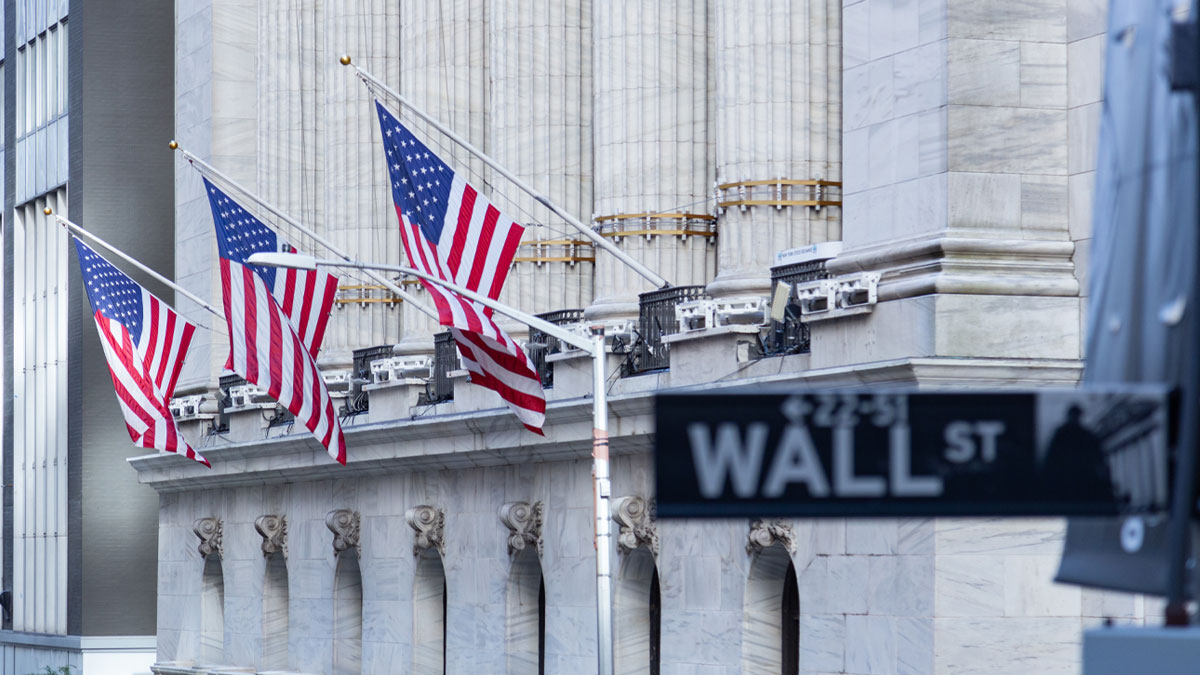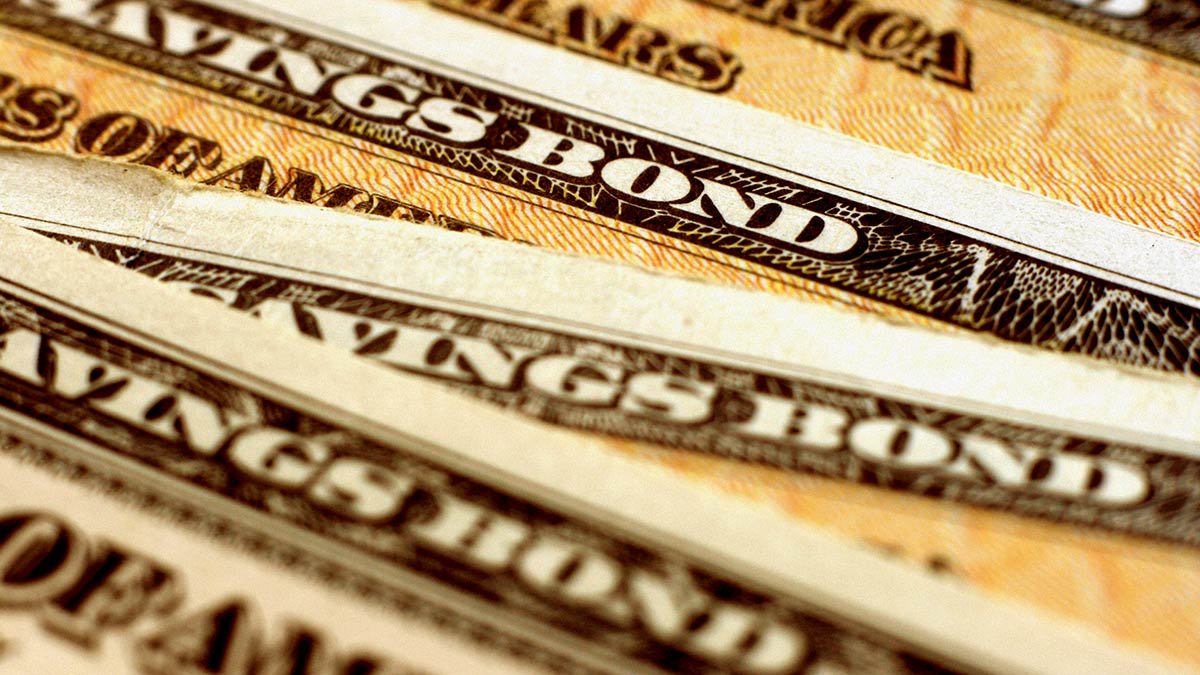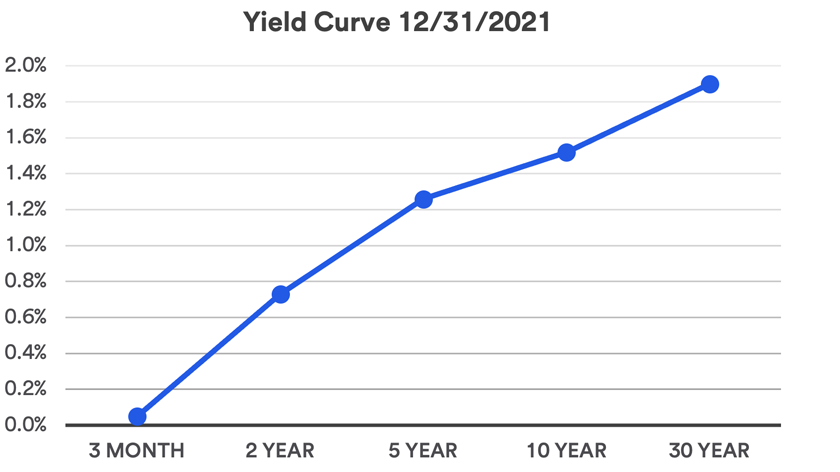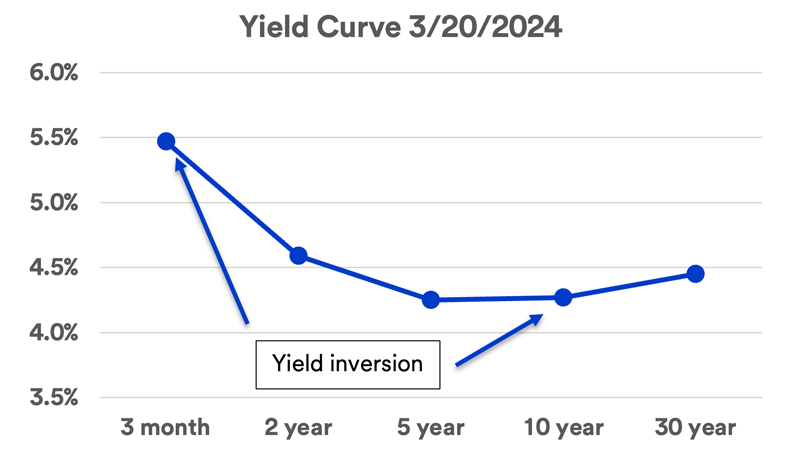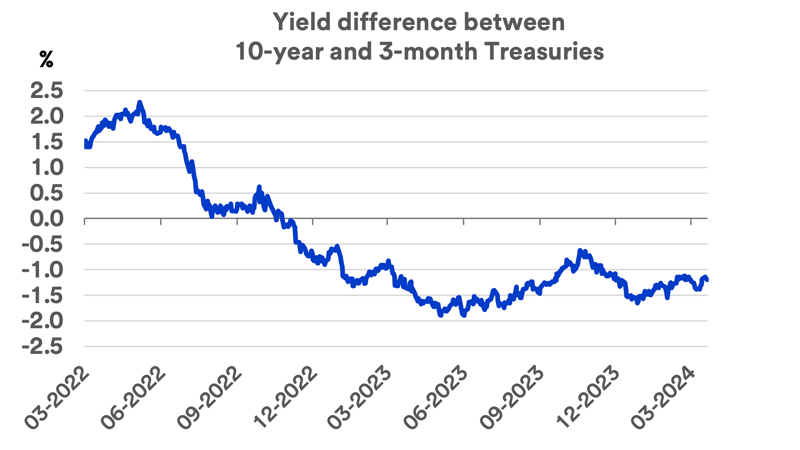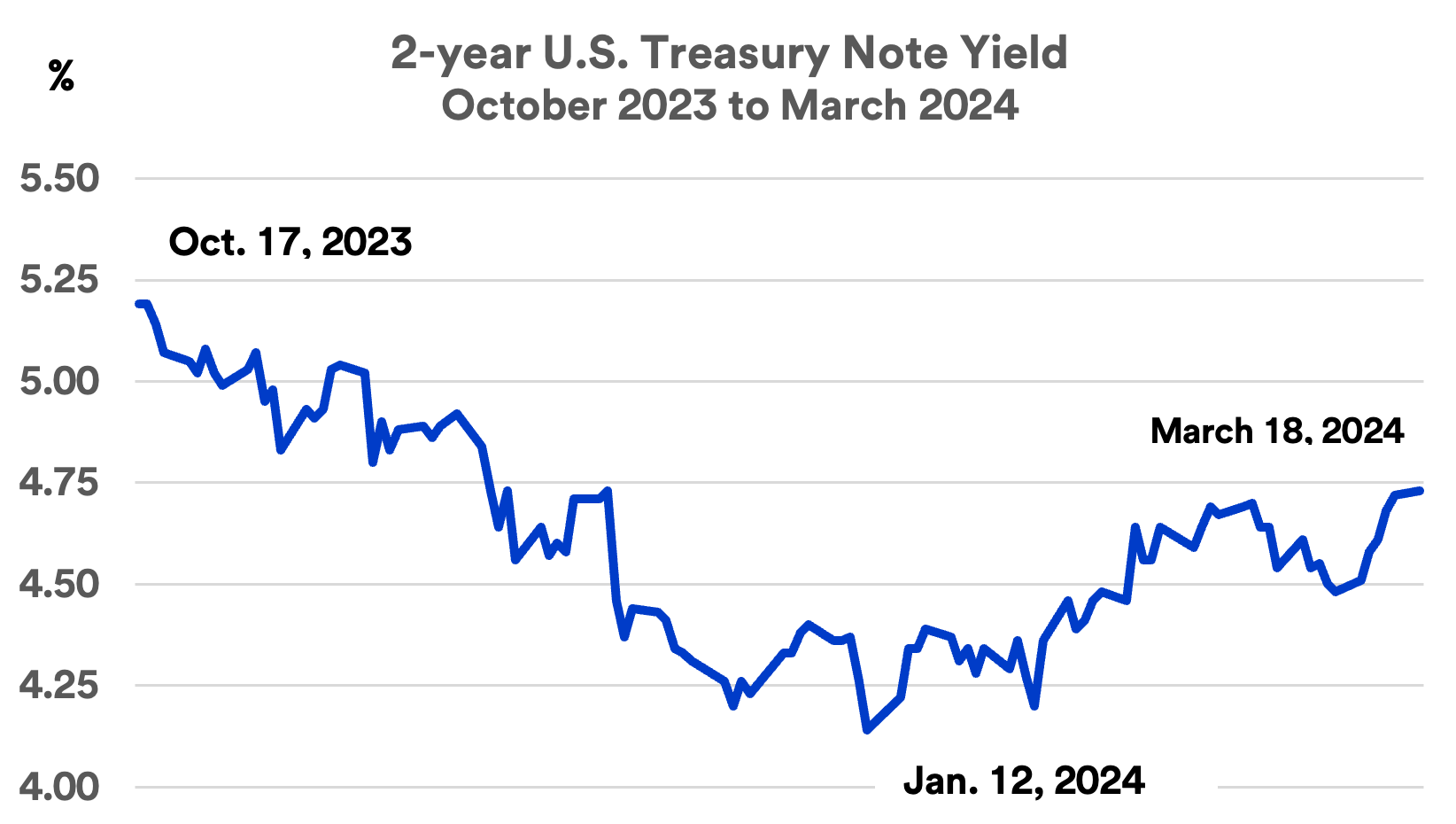Investment considerations in today’s unusual environment
With yields higher on short-term securities, it’s no surprise investors have put significant sums to work on the short-end of the yield continuum. However, Haworth recommends investors also consider longer-term bonds, with yields that are far more attractive today than they were at the start of 2022. “Investors who kept money out of long-term bonds may want to position assets back toward a more normal allocation into the longer-end of the market,” says Haworth.
One consideration for bond investors is the risk of rising interest rates. When interest rates rise, values of bonds held in an existing portfolio lose market value. “A 30-year bond is much more sensitive to interest rate movements than a 6-month bond,” says Eric Freedman, chief investment officer at U.S. Bank Wealth Management. Yet Freedman believes attractive interest rates create opportunities for investors. “It may be a time for fixed income investors to spread out exposures across the maturity spectrum.”
Haworth notes there’s increasingly positive investor sentiment for non-Treasury segments of the market. This includes corporate bonds, municipal bonds (for tax-aware investors) and collateralized loan obligations. “These types of securities offer the potential for investors to enhance yields in a portion of their fixed income portfolios,” says Haworth.
Check-in with your wealth planning professional to make sure you’re comfortable with your current mix of investments and that your portfolio’s asset allocations remain consistent with your goals, risk appetite and time horizon.

